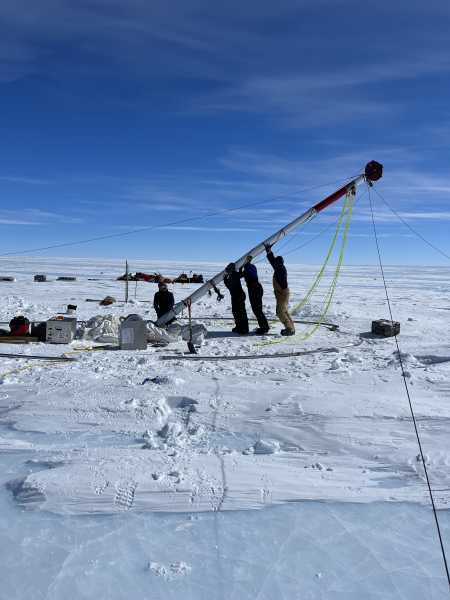
New research suggests our planet's oceans are becoming too acidic to support health. (Image credit: Philip Thurston via Getty Images)
The state of the Earth's oceans is worse than scientists thought, with acidity levels so high that our seas may have entered the “danger zone” five years ago, according to a new study.
Humans are unintentionally increasing the acidity of the oceans by releasing carbon dioxide (CO2) through industrial activities such as burning fossil fuels. This ocean acidification harms marine ecosystems and threatens coastal communities that depend on healthy waters.
Researchers previously suggested that Earth's oceans were close to the global boundary, or “danger zone,” for ocean acidification. Now, according to a new study published Monday (June 9) in the journal Global Change Biology, scientists have found that acidification is happening faster than previously thought, and our oceans may have crossed into the danger zone in 2020.
You may like
- A weakening of major Atlantic currents is leaving parts of the United States with 20 years of flooding.
- Earth's energy imbalance is growing much faster than scientists expected, and researchers now fear they may be losing the ability to understand its causes.
- The ocean's 'heart' is slowing down – and this will affect water circulation across the planet
The researchers concluded that by 2020, the average state of the world's oceans was within the uncertainty of the acidification boundary, which could mean that the safety limit has already been breached. The study also suggests that conditions are deteriorating faster in deep waters than at the surface.
“Ocean acidification is not just an environmental disaster, it’s a ticking time bomb for marine ecosystems and coastal economies,” Steve Widdicombe, chief science officer and deputy CEO of Plymouth Marine Laboratory, a marine research organization involved in the new study, said in a statement. “As the acidity of our seas worsens, we are seeing the loss of critical habitats that many marine species depend on, with serious social and economic consequences.”
In 2009, researchers proposed nine planetary boundaries that must be avoided to maintain the health of the Earth. These boundaries set limits on large-scale processes that affect the stability and sustainability of our planet. For example, there are boundaries for dangerous levels of climate change, chemical pollution, and ocean acidification, among others.
A 2023 study found that we have crossed six of the nine boundaries. The authors of that study did not believe that the ocean acidification boundary had been breached at that time, but noted that it was on the verge of its limit and getting worse.
Katherine Richardson, a professor at the Globe Institute at the University of Copenhagen in Denmark who led the 2023 study and was not involved in the new research, told Live Science that she was “not surprised at all” by the new findings.
“In our last assessment we said this was the limit, and since atmospheric CO2 concentrations have increased since then, it is not surprising that this limit has now been exceeded,” Richardson wrote in an email.
What causes ocean acidification?
Ocean acidification is primarily caused by the absorption of CO2 by the ocean. The ocean absorbs approximately 30% of the CO2 from the atmosphere, so as human activities emit CO2, it ends up in the oceans in large quantities. The CO2 dissolves in the ocean, forming carbon
Sourse: www.livescience.com





